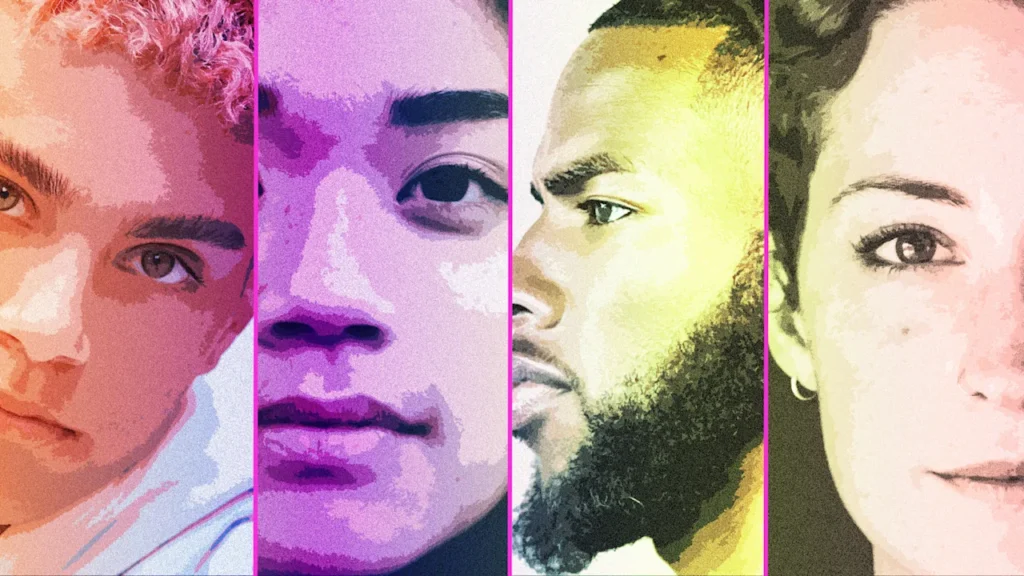
Diversity and inclusion (D&I) have been a core priority for businesses in recent years. But unfortunately, we’re now at a crossroads where politics and progress are increasingly at odds. Recent executive orders have eliminated D&I roles and slashed equity-related grants. In addition, private companies, nonprofits, and educational institutions are feeling the pressure to scale back their inclusion efforts.
As a European founder watching these developments unfold, I’m deeply concerned. The ripple effects are real, and they risk undermining global progress. At the same time, the rise of AI in hiring has also introduced new risks and can potentially reinforce bias in the workforce.
We’re seeing a quiet erosion of the progress we’ve made so far. And it’s up to us, as leaders, to make sure that we don’t lose the fight for fairness. We cannot live in a world where equal treatment and opportunities are negotiable.
I’ve faced my share of systemic bias as a woman in tech. It chips away at your confidence and makes you question your credibility. But having challenged norms, risen to senior leadership, and cofounded my own company, I’m determined to ensure the next generation doesn’t experience the same thing.
Here are the key ways I’ve worked to overcome bias and ensure discrimination has no place in my business.
1. Normalize salary transparency
If you’re unaware that you’re underpaid, you’re less likely to ask for more. Studies show that the gender pay gap is—on average—18% smaller in companies with high pay transparency.
Many companies have long viewed salary secrecy as a strategic business advantage. However, it’s also a barrier to equality and fairness. It’s on businesses to put progress ahead of profits and break the culture of silence.
During my time at a leading fintech company, for instance, we created internal communities where individuals could openly discuss salaries, promotions, and evaluations. These communities were safe spaces where everyone felt comfortable. This doesn’t just promote fairness, but also benefits team cohesion, morale, and employee turnover. It pays to be transparent.
2. Challenge bias in every instance
Bias is prevalent and persistent in business. It doesn’t subside with age, experience, or seniority.
Despite my role as chief scientist, people still often default to addressing my male cofounders. Fortunately, my cofounders actively challenge such bias by redirecting questions that are related to my area of responsibility and expertise to me.
I get that it can feel easier to stay silent for the sake of preserving relationships. However, this only reinforces bias and contributes to another generation of talented individuals enduring the same unfair treatment due to their gender, color, or background. That doesn’t mean every meeting has to descend into an argument, but nothing will change if you leave discrimination unchecked.
The key is making bias interruption feel natural and constructive. Simple phrases like “That builds on the point Irina made earlier” can redirect without creating confrontation. When challenging bias becomes part of your team’s DNA, it stops feeling awkward and starts feeling like good leadership.
3. Carefully consider every candidate
As a founder, I’ve seen how few of those who identify as women apply for forward-looking, deeply technical roles. And those who do often downplay their abilities and achievements. One study found that 84% of women feel uncomfortable discussing their professional achievements, and 69% actively downplay their accomplishments. Likewise, job interviews can be a considerable source of stress for neurodivergent candidates, which impacts their ability to present themselves effectively.
But here’s what many leaders miss: the best talent is already making decisions about you before they even apply. When potential candidates look at your team, leadership, and board and don’t see people who look like them or share their experiences, they’re ruling you out. They don’t see your organization as a place where they can thrive, advance, or belong. This means you’re not just missing out on individual candidates, you’re systematically excluding entire talent pools from even considering your opportunities.
Factor this into your recruitment process. Make sure you evaluate every candidate thoughtfully, especially those who are likely to be impacted by bias. It’s also equally important to ensure (and showcase) that diverse talent can succeed at every level in your organization. When underrepresented groups see themselves reflected in your leadership and decision-making roles, you’re signaling that they have a future in your company.
4. Use inclusive language consistently
In job advertising, using specific pronouns in job listings is strictly forbidden. However, research shows that even gender-coded words, whether that be “competitive” for men or “supportive” for women, can significantly reduce the appeal of a role and continue to promote gender inequality in the workforce.
As business leaders, it’s our responsibility to make gender-neutral language the default, not just in hiring but in how we speak about users, customers, and colleagues.
Remember that inclusive language goes beyond avoiding gendered terms. You need to be intentional about accessibility, using plain language that doesn’t exclude people based on educational background, avoiding unnecessarily complex jargon, and being mindful of cultural references that might not resonate globally. For neurodivergent candidates, this might mean being specific about expectations rather than using vague terms like “fast-paced environment” or “wearing many hats”.
This simple change sends a powerful message: Everyone is welcome, included, and valued, regardless of gender. In industries where most applicants identify as male, our choice of language can either widen or narrow the door.
5. Foster an unstructured environment
Shaped by years in the workforce and taught to think and act in a certain way, hiring managers are often unaware of their biases. As a result of such unconscious bias, microaggressions occur, like disregarding certain voices and making assumptions about seniority. These habits are deeply ingrained and difficult to recognize, and can be especially hard to unlearn.
And reprimanding won’t overcome it. You need to rewire how your team thinks, which takes time and understanding. When we launched Gradient Labs, we didn’t jump on Zoom and get to work. We spent two weeks living and working under the same roof, which was crucial to creating a basis for a culture built on mutual respect.
Moving in together might not be practical for every team, but finding time and space for in-person interaction, especially across levels of seniority or cultural lines, has helped us with combating unconscious bias in the workplace. This doesn’t require grand gestures. Regular coffee chats, cross-functional lunch groups, or even starting meetings with brief personal check-ins can create those human connections. The goal is to move beyond transactional relationships to genuine understanding, because it’s much harder to dismiss or underestimate someone when you truly know them as a person.
Inclusion starts with you
The erosion of D&I progress isn’t inevitable; it’s a choice. Every time you redirect a question to the overlooked expert, rewrite a job posting with inclusive language, or create space for genuine human connection, you’re slowly building a different future. The five strategies outlined here represent real, actionable paths forward that any leader can take starting today. Companies that embrace everyone don’t just do the right thing—they unlock innovation, creativity, and performance.


